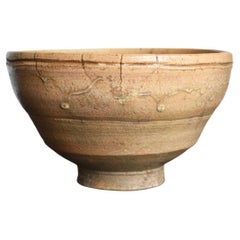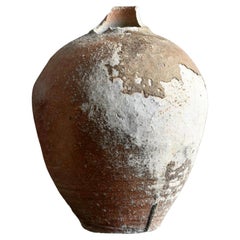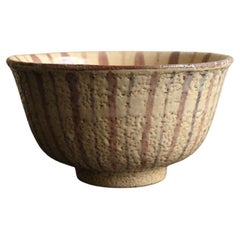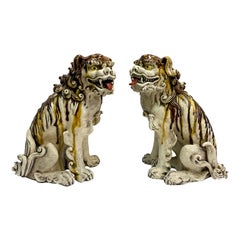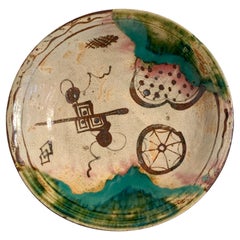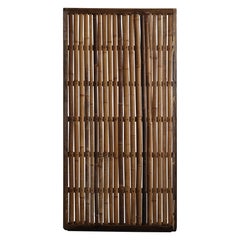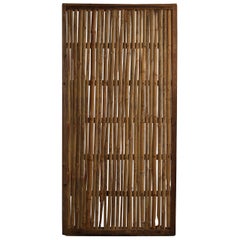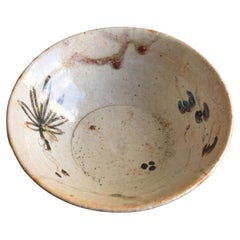
Japanese Antique Pottery Bowl/'Tempo Oribe' Seto Ware/1830-1844/Wabisabi Bowl
View Similar Items
Want more images or videos?
Request additional images or videos from the seller
1 of 21
Japanese Antique Pottery Bowl/'Tempo Oribe' Seto Ware/1830-1844/Wabisabi Bowl
$1,000List Price
About the Item
- Dimensions:Height: 2.13 in (5.4 cm)Diameter: 6.3 in (16 cm)
- Style:Edo (Of the Period)
- Materials and Techniques:
- Place of Origin:
- Period:
- Date of Manufacture:1830-1844
- Condition:
- Seller Location:Sammu-shi, JP
- Reference Number:1stDibs: LU5487231968022
About the Seller
5.0
Gold Seller
Premium sellers maintaining a 4.3+ rating and 24-hour response times
Established in 2015
1stDibs seller since 2020
1,602 sales on 1stDibs
Typical response time: 5 hours
Authenticity Guarantee
In the unlikely event there’s an issue with an item’s authenticity, contact us within 1 year for a full refund. DetailsMoney-Back Guarantee
If your item is not as described, is damaged in transit, or does not arrive, contact us within 7 days for a full refund. Details24-Hour Cancellation
You have a 24-hour grace period in which to reconsider your purchase, with no questions asked.Vetted Professional Sellers
Our world-class sellers must adhere to strict standards for service and quality, maintaining the integrity of our listings.Price-Match Guarantee
If you find that a seller listed the same item for a lower price elsewhere, we’ll match it.Trusted Global Delivery
Our best-in-class carrier network provides specialized shipping options worldwide, including custom delivery.More From This Seller
View AllJapanese antique pottery bowl/[Banko ware] Mie prefecture/1850-1912
Located in Sammu-shi, Chiba
Banko-yaki is a type of pottery that began in the northern part of Mie Prefecture in the middle of the Edo period. (The places marked with red circles on the map are the kilns of Banko ware...
Category
Antique Late 19th Century Japanese Edo Pottery
Materials
Pottery
Japanese Antique Earthenware Tea Bowl/Edo Period/1700-1800/'Hagi Ware'
Located in Sammu-shi, Chiba
This is Hagi ware made in the middle of the Edo period.
Hagi ware is a type of pottery that began in Hagi City, Yamaguchi Prefecture in the early Edo period...
Category
Antique 18th Century Japanese Edo Pottery
Materials
Pottery
Japanese Antique Pottery Jar/1500s/"Shigaraki Ware"/Wabisabi Vase
Located in Sammu-shi, Chiba
This is a Japanese pottery called "Shigaraki ware".
Shigaraki is a historical kiln located in Shiga Prefecture, Japan. (Shigaraki Kiln is marked with a ...
Category
Antique 15th Century and Earlier Japanese Other Vases
Materials
Pottery
Japanese antique vertical striped tea bowl/19th to early 20th century/Seto ware
Located in Sammu-shi, Chiba
This is a Seto ware tea bowl made in Japan from the late Edo period to the Meiji period (late 19th to early 20th century).
Seto is a kiln with a long history in Aichi Prefecture, Jap...
Category
Antique Late 19th Century Japanese Edo Pottery
Materials
Pottery
Antique pottery bowl from Kumamoto, Japan / Shodai ware / Edo / 18-19 thcentury
Located in Sammu-shi, Chiba
We have a unique Japanese aesthetic sense.
And only we can introduce unique items through our purchasing channels in Japan and the experience we have gained so far, in such a way that no one else can imitate.
It is speculated that this pottery was fired in the Shodai kiln in Kumamoto Prefecture during the Edo period, around the 18th century to the first half of the 19th century.
It is characterized by the use of iron-rich clay and the appearance of a white glaze that looks like falling snow.
As a feature, using clay with a lot of iron,
It is characterized by a white glaze that looks like snow.
This vessel is made with two types of glaze.
One is straw ash glaze and the other is rice husk ash glaze.
This rice husk ash glaze changes to a white glaze.
This pot is very beautiful with a petal-like rim.
However, there is one spot where the crack has been repaired.
The part marked with a red arrow has been broken once, but it seems to have been glued later.
Therefore, it will not leak even if you put water in it.
It's not very noticeable so I wouldn't worry about it.
This Shodai ware was made in Kumamoto Prefecture and was used there, so there are not many items in Japan.
It is a rare item.
Also, a wooden box is included, but it says "Karatsu ware...
Category
Antique Mid-18th Century Japanese Edo Serving Bowls
Materials
Pottery
Antique Rare Pottery Coated with Copper Plate Used in Japan/Tsubo Wabisabi
Located in Sammu-shi, Chiba
It is used in Japan.
It seems to be in the Edo period (1700s-1800s).
But details are unknown.
The unique distorted shape is beautiful.
The color and balance of the glaze are al...
Category
Antique Early 19th Century Japanese Edo Vases
Materials
Pottery
$640 Sale Price
54% Off
You May Also Like
1970s Asian Chinese Export Fierce Facing Drip Glaze Pottery Foo Dogs, Pair
Located in Kennesaw, GA
These are a personal favorite! This is a killer pair of 1970s large scale Chinese Export style foo dogs. I love the coloration with the brown and gold drip g...
Category
Late 20th Century Chinese Chinese Export Pottery
Materials
Ceramic, Pottery
Japanese Ao-Oribe Glazed Stoneware Dish, Early Edo Period, 17th Century, Japan
Located in Austin, TX
A fine and rare Japanese ao-oribe glazed minoyaki stoneware dish, late Momoyama or early Edo period, 17th century, Japan.
The circular dish of wheel thrown ...
Category
Antique 17th Century Japanese Edo Ceramics
Materials
Stoneware
Japanese Antique Bamboo Sliding Door, Object Mingei Art Panel, Wabisabi Door(3)
Located in Katori-Shi, 12
This is an antique Japanese bamboo door.
It is from the Meiji period (1860s-1900s).
It is made mainly of cedar and bamboo.
It has a simple design that conveys the charm of the mater...
Category
Early 20th Century Japanese Meiji Doors and Gates
Materials
Bamboo, Wood
Japanese Antique Bamboo Sliding Door, Object Mingei Art Panel, Wabisabi Door(2)
Located in Katori-Shi, 12
This is an antique Japanese bamboo door.
It is from the Meiji period (1860s-1900s).
It is made mainly of cedar and bamboo.
It has a simple design that conveys the charm of the mater...
Category
Early 20th Century Japanese Meiji Doors and Gates
Materials
Bamboo, Wood
Japanese Antique Bamboo Sliding Door, Object Mingei Art Panel, Wabisabi Door(4)
Located in Katori-Shi, 12
This is an antique Japanese bamboo door.
It is from the Meiji period (1860s-1900s).
It is made mainly of cedar and bamboo.
It has a simple design that conveys the charm of the mater...
Category
Early 20th Century Japanese Meiji Doors and Gates
Materials
Bamboo, Wood
Japanese Antique Bamboo Sliding Door, Object Mingei Art Panel, Wabisabi Door(1)
Located in Katori-Shi, 12
This is an antique Japanese bamboo door.
It is from the Meiji period (1860s-1900s).
It is made mainly of cedar and bamboo.
It has a simple design that conveys the charm of the mater...
Category
Early 20th Century Japanese Meiji Doors and Gates
Materials
Wood, Bamboo
![Japanese antique pottery bowl/[Banko ware] Mie prefecture/1850-1912](https://a.1stdibscdn.com/japanese-antique-pottery-bowl-banko-ware-mie-prefecture-1850-1912-for-sale/1121189/f_319674221672470538196/31967422_datamatics.jpg)
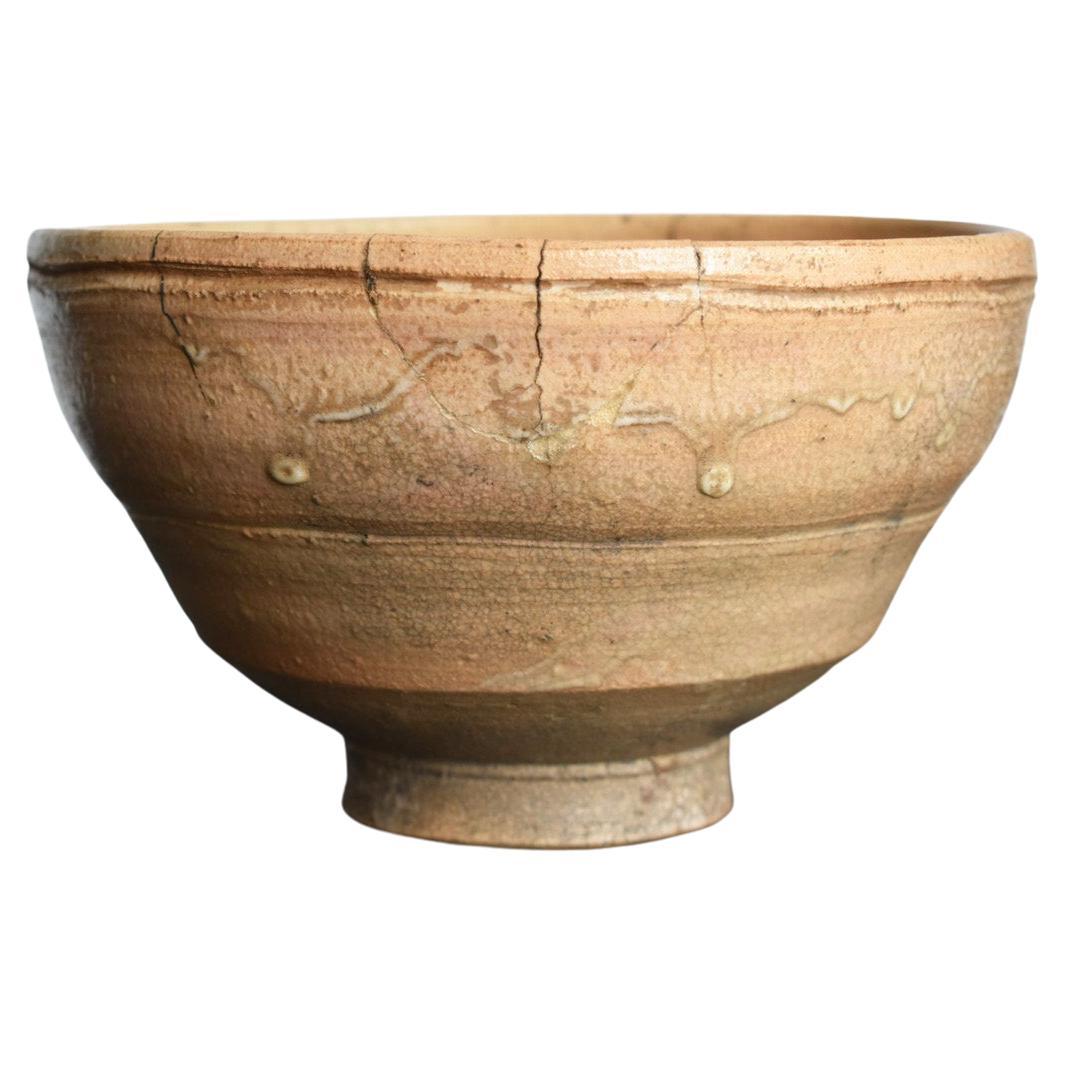
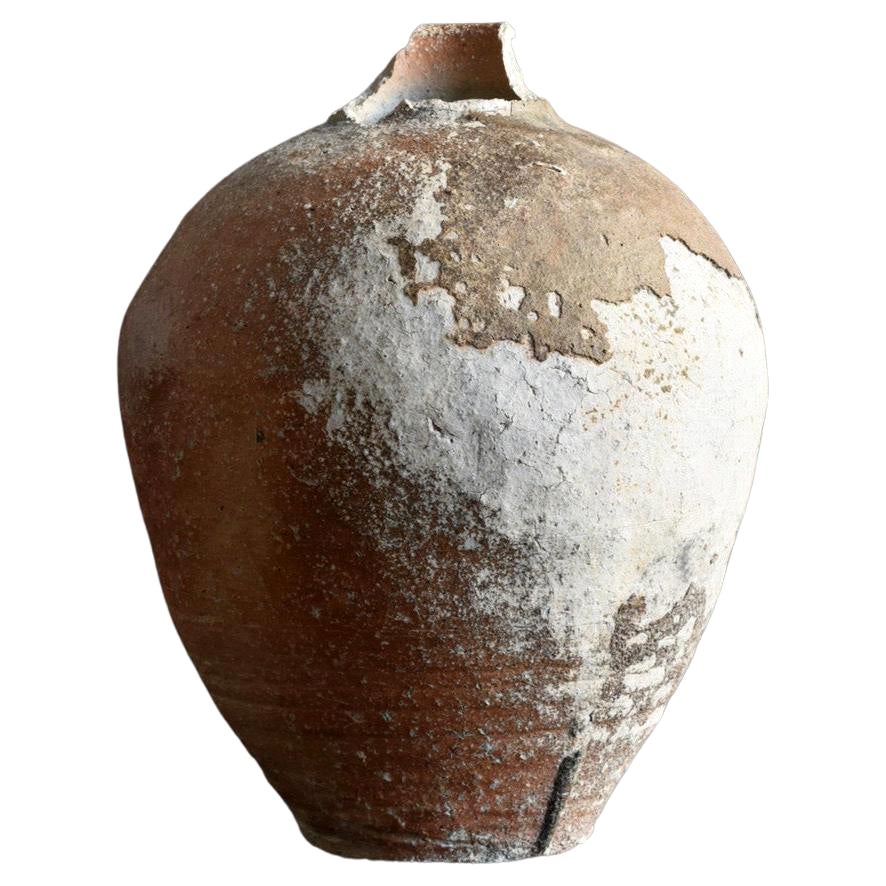
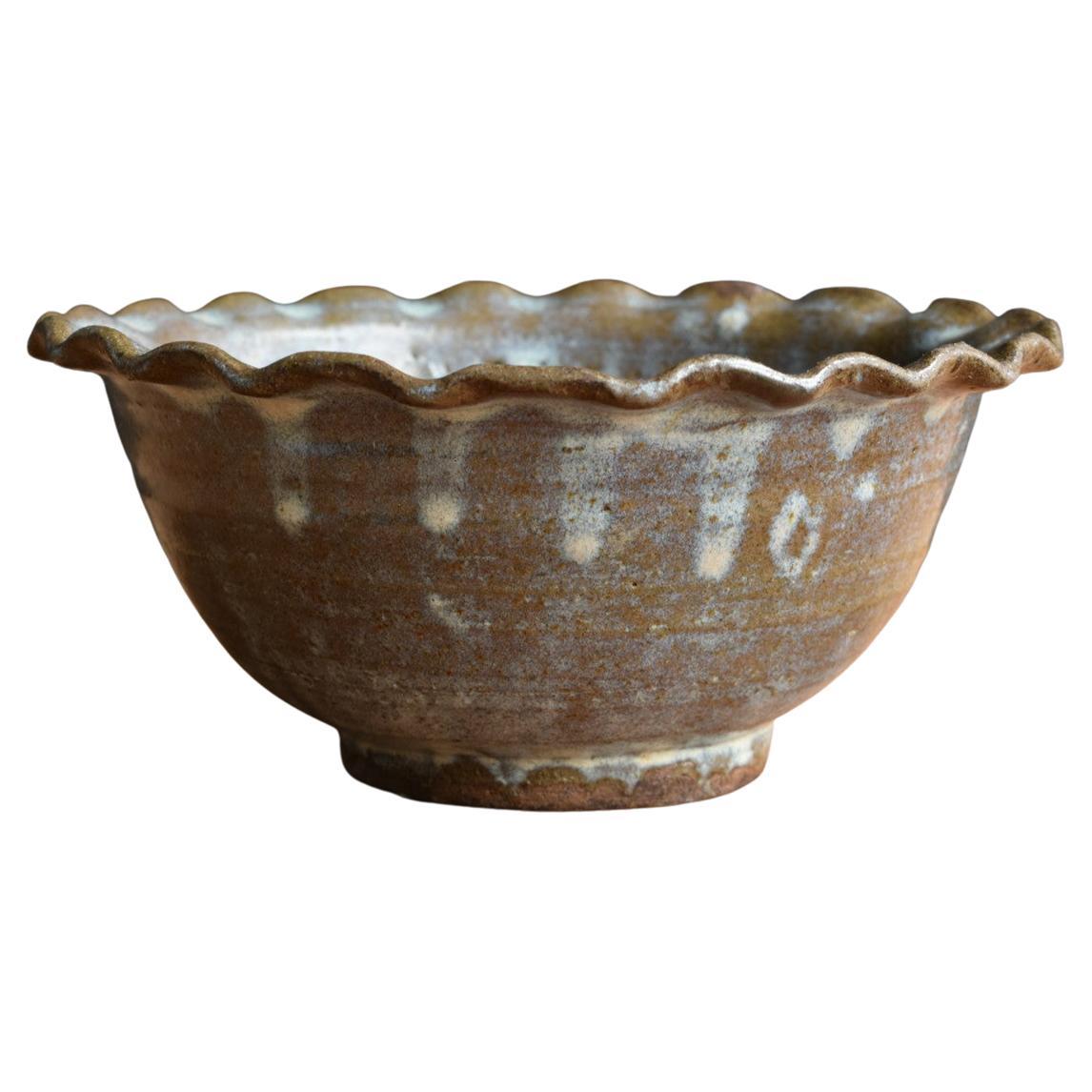
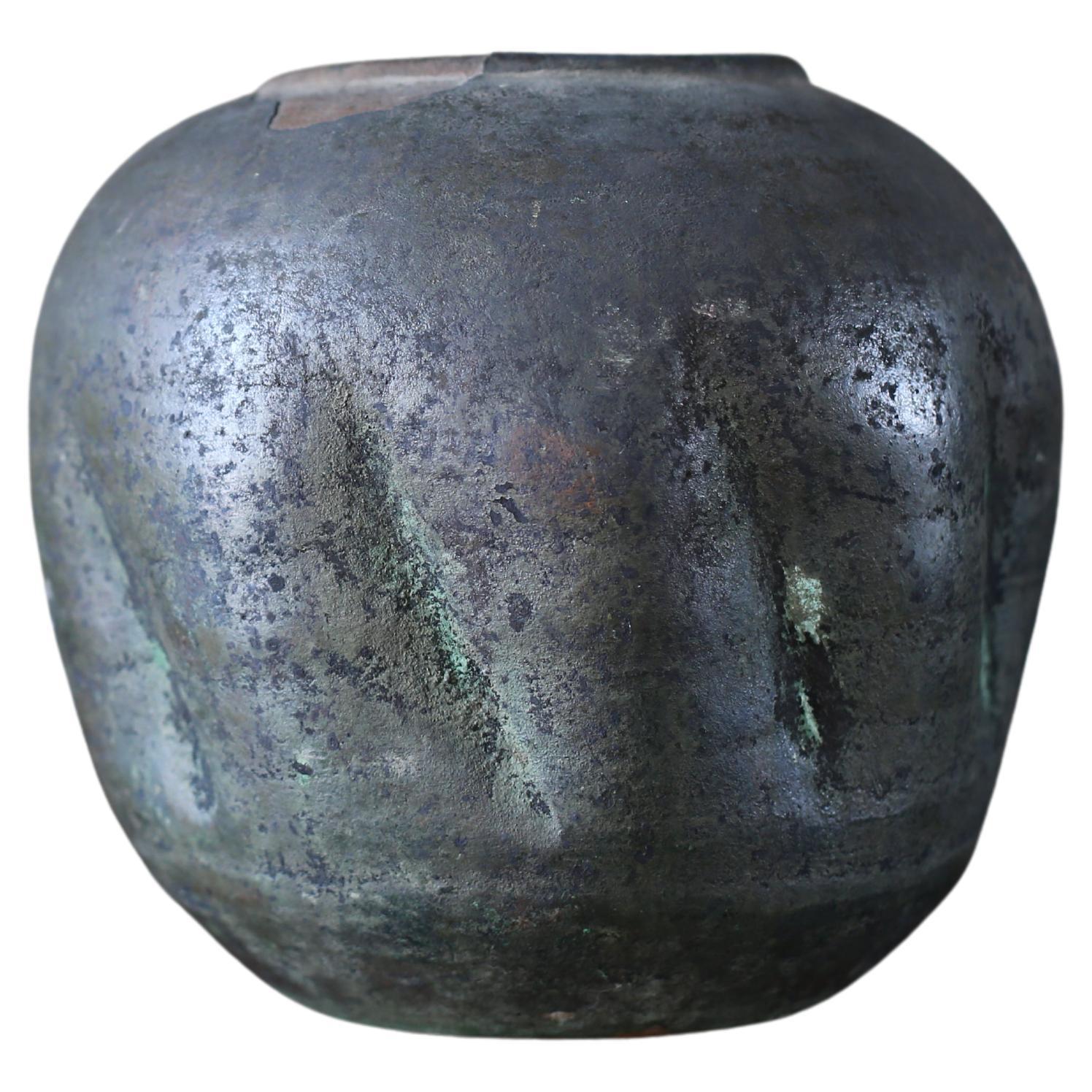
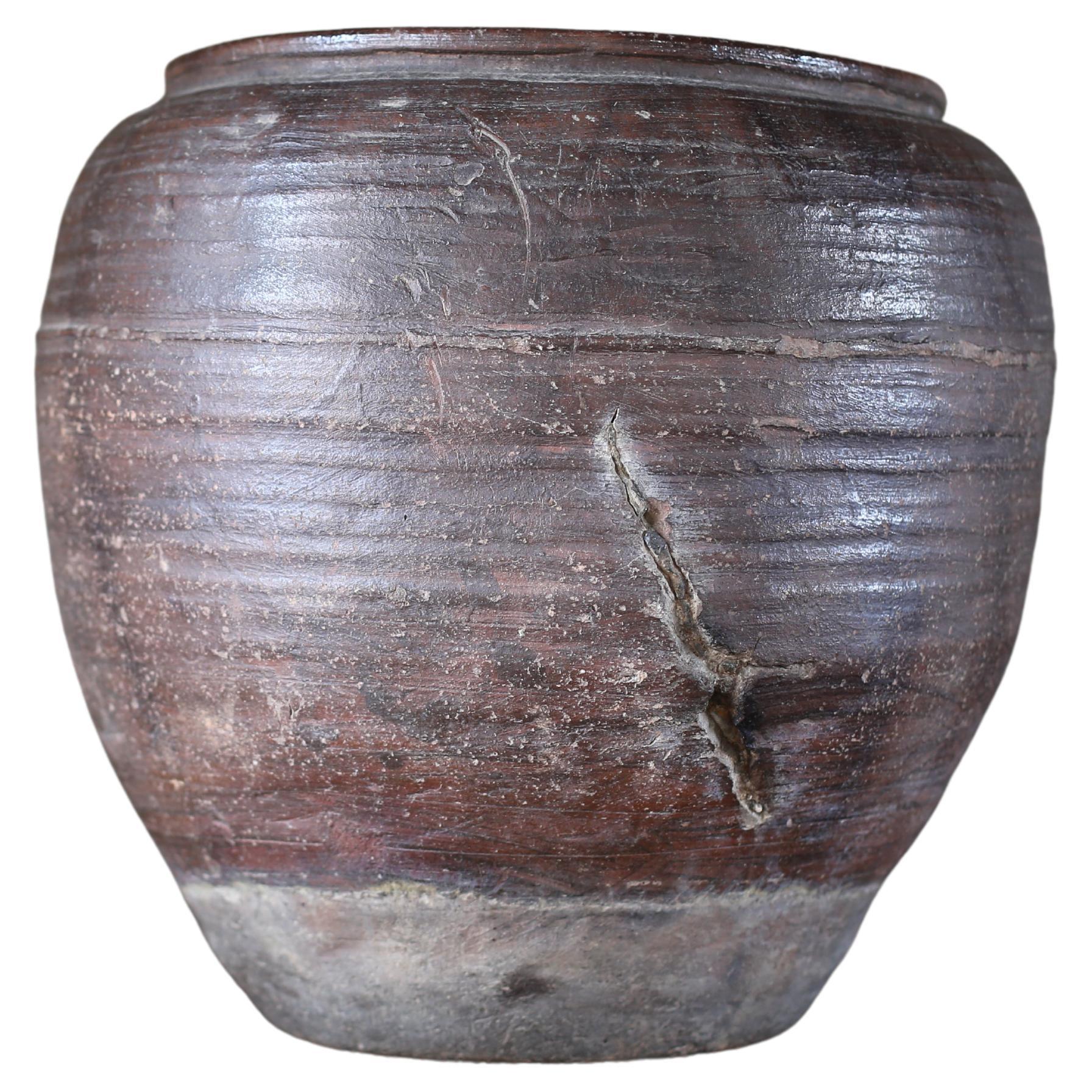
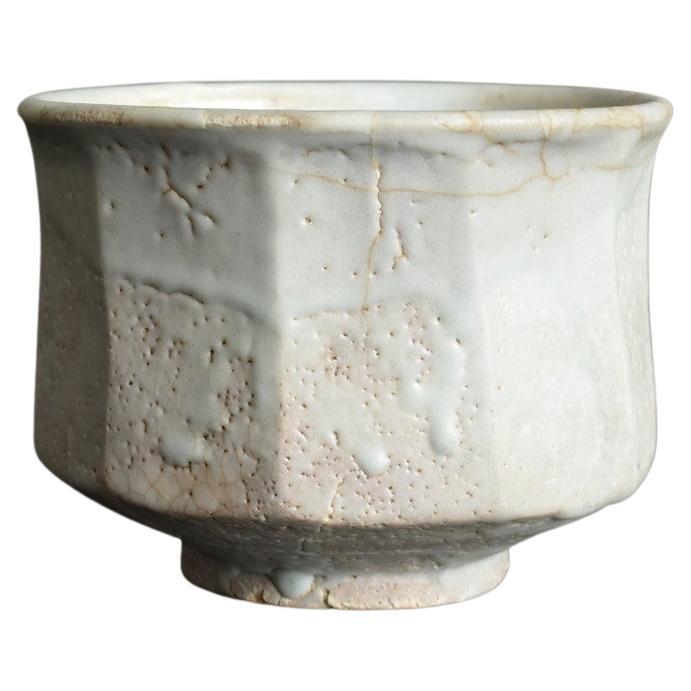
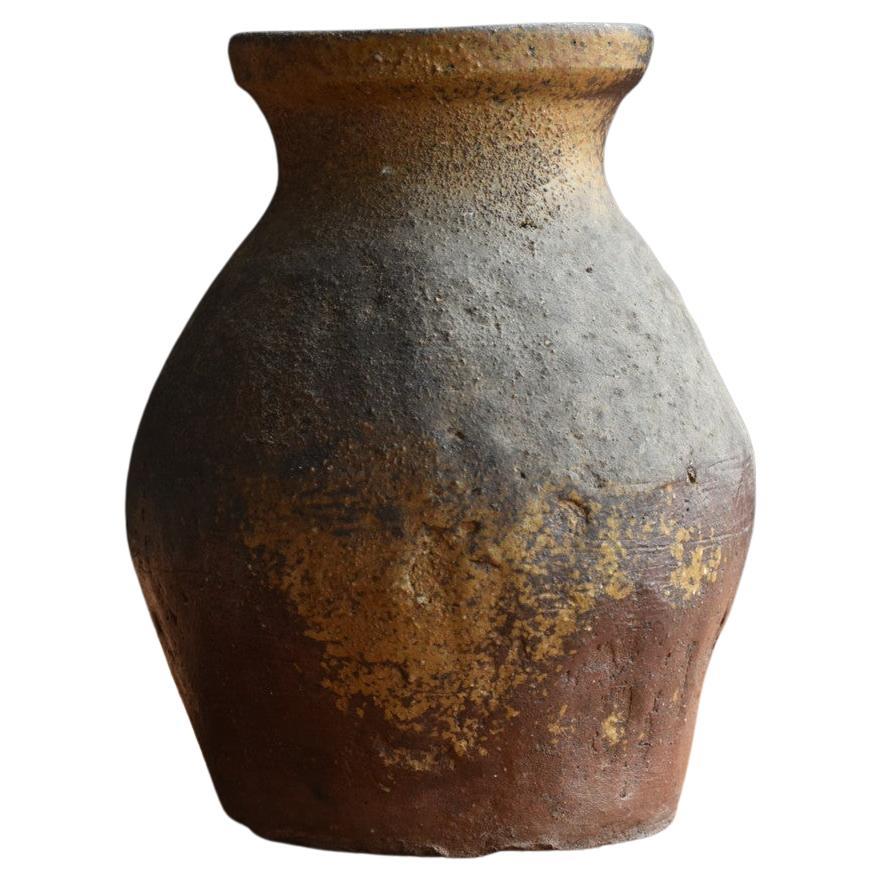
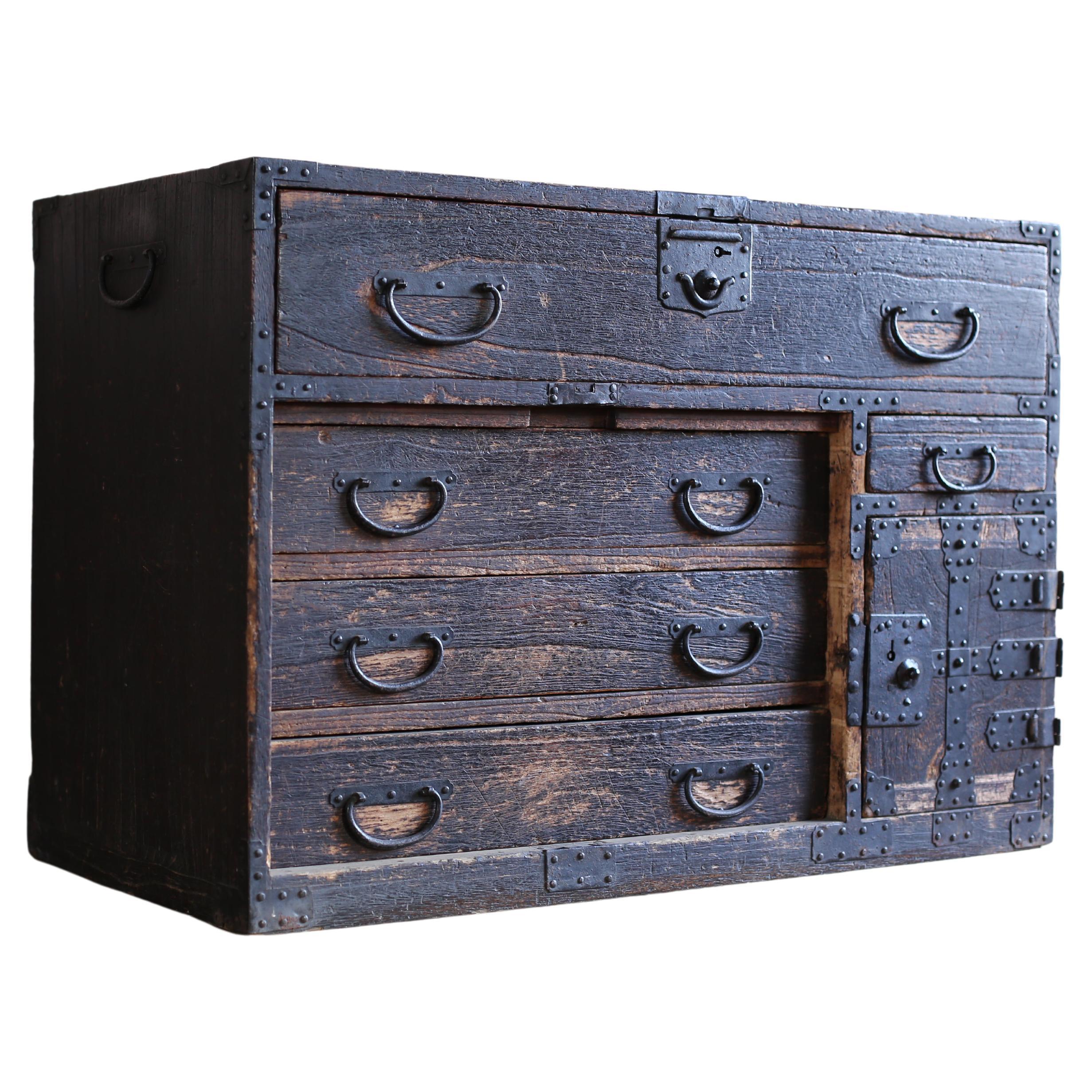
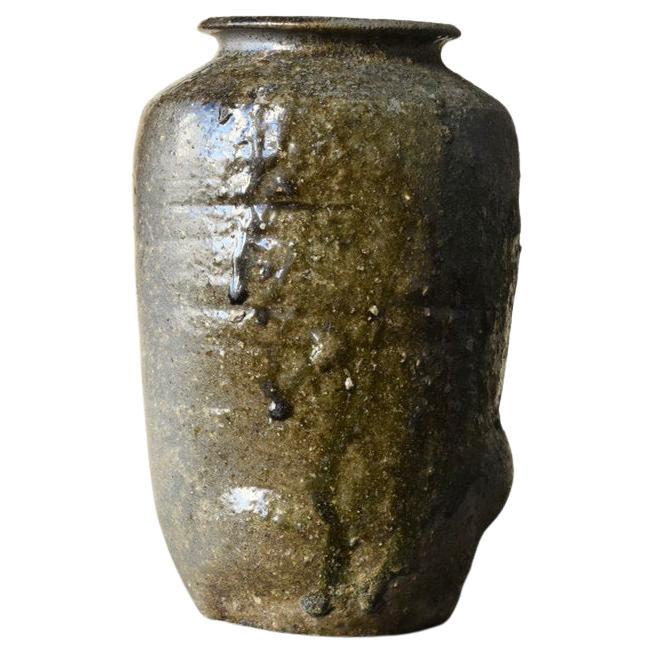
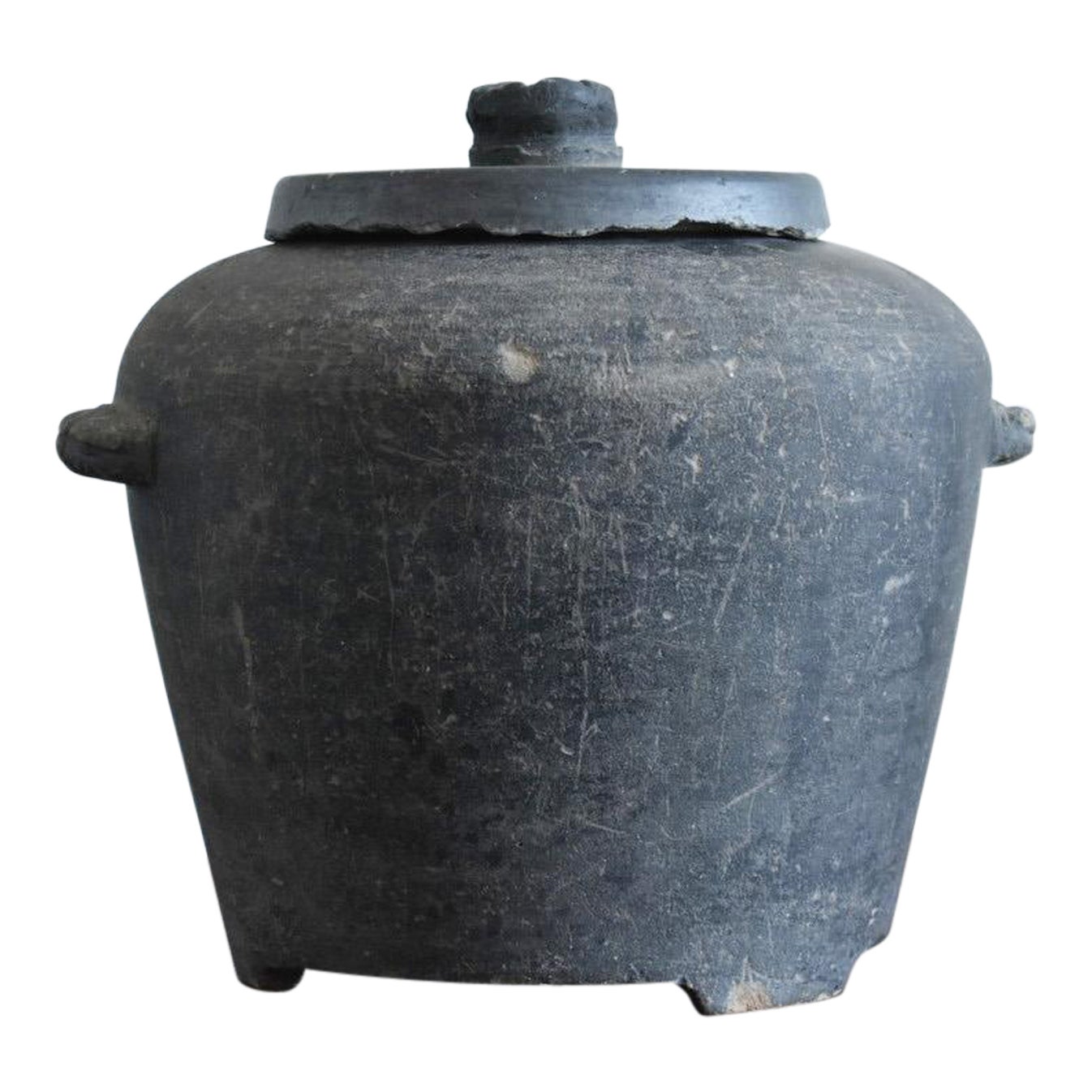
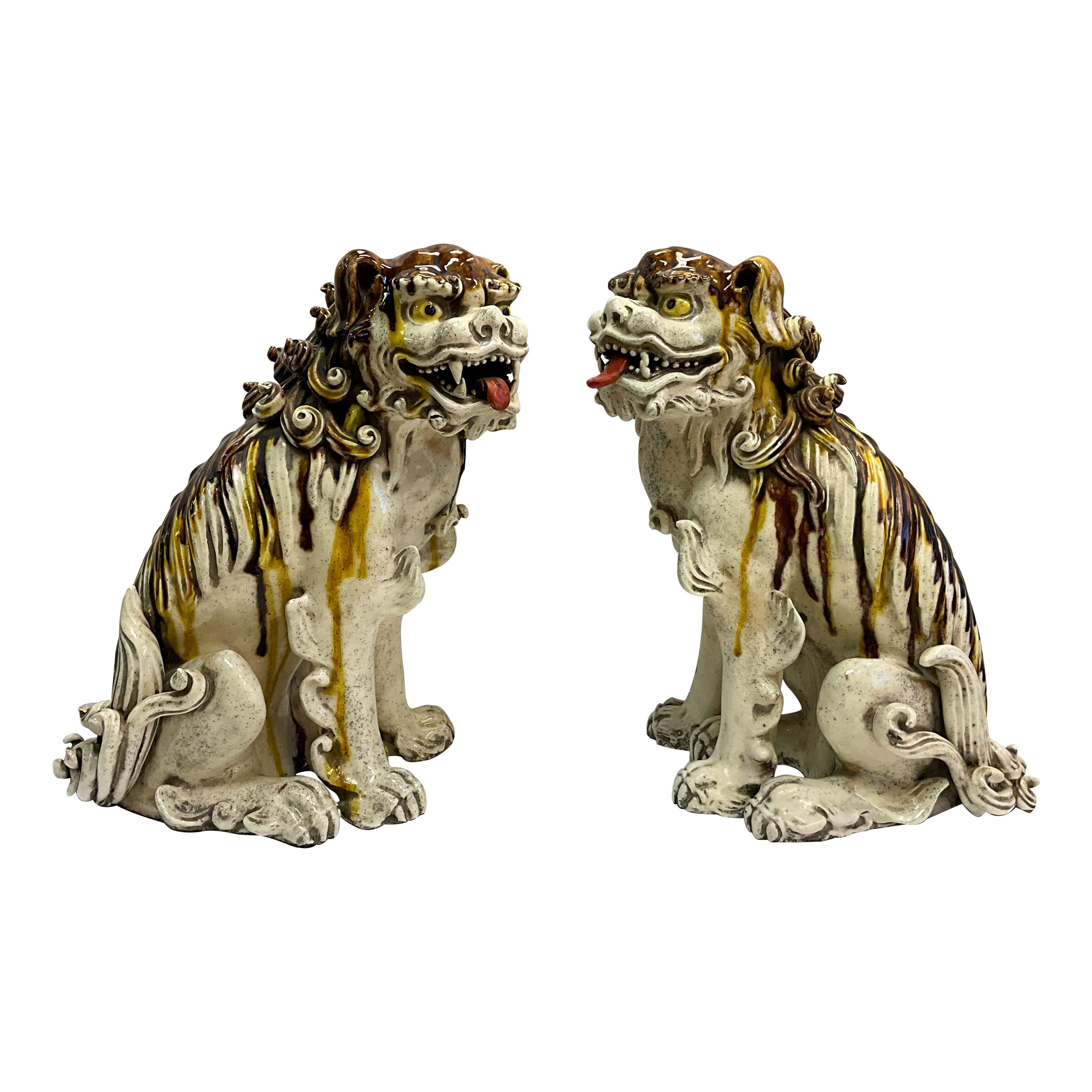
![Japanese antique pottery bowl/[Banko ware] Mie prefecture/1850-1912](https://a.1stdibscdn.com/japanese-antique-pottery-bowl-banko-ware-mie-prefecture-1850-1912-for-sale/1121189/f_319674221672470538196/31967422_datamatics.jpg?width=240)
